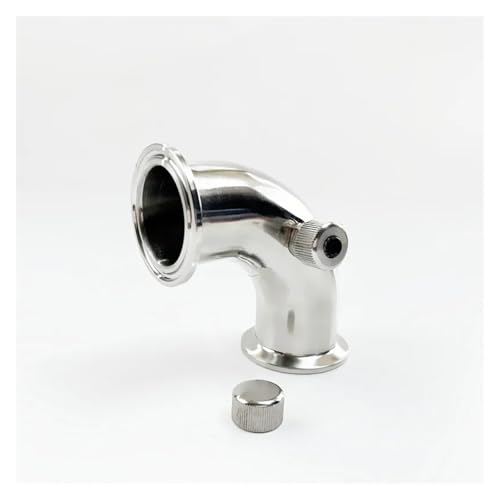corby_brewer
Landlord.
I always use normal sugar at the ratio of 1/2 teaspoon per pint bottle during secondary fermentation. But i cant see no reason why you cant use DME.













No issues at all if they are thoroughly cleaned and sanitised :thumb:jampot said:Is it ok to use a used wine ferrmentor for beer and vice visa, i.e would there a tainting issue etc?
No worries I have got one now, may ask when pitching the yeast, do you mix it in,or just sprinkle on top?jampot said:Thanks, where can I get a decent thermometer also...
jampot said:No worries I have got one now, may ask when pitching the yeast, do you mix it in,or just sprinkle on top?jampot said:Thanks, where can I get a decent thermometer also...